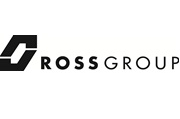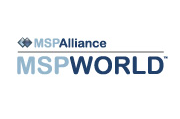Client-Licensing Basics for Microsoft Server Products
Many businesses struggle with the task of determining what kinds and quantities of licenses are needed in order to deploy Microsoft operating systems and client-accessed applications on their servers. The first step in that process often is the most difficult: deciding whether to use “traditional” server + client access licenses (CALs), processor licenses or External Connector licenses (where available), or an appropriate licensing metric under a Services Provider License Agreement (SPLA). Here are some analytical questions to ask when seeking a solution to that question:
- Will the clients accessing the software in question do so only through the Internet without being authenticated or otherwise individually identified by the server software?
- If the answer to that question is YES, then you likely do not need to worry about client-access licensing at all (i.e., no CALs, SALs, processor licenses or External Connectors, all discussed below), though you still need to make sure that the software installation on the server is properly licensed.
- If the answer to that question is NO, then read on…
- Will your company use the software in question to provide “commercial hosting services” to the clients accessing the server?
- If the answer to that question is YES, then you must acquire and assign an appropriate number of subscriber access licenses (SALs) or processor licenses under a SPLA. (More information about SPLA licensing is available here.) However, what constitutes “commercial hosting services” can itself be a difficult question to answer, and Microsoft does not provide a definition for the term. Generally, any hosting services delivered in exchange for a fee count as commercial services. Outside of that, though, it is a good idea to consult with counsel to determine if hosting services you provide are “commercial,” requiring you to seek licensing under a SPLA.
- If the answer to that question is NO, then, at least for applications like SQL Server or Exchange Server, you can choose CALs or processor licenses, if available and as appropriate, depending on the number of clients in question (more information on that is available here). However, processor licenses usually are not available for operating systems (unless you are running the Datacenter or Itanium editions of Windows Server). Therefore, for operating system licensing, read on…
- Is the client accessing the operating system in question an employee, on-site contractor or agent of the company or one of its legal affiliates, or is it a device that is owned by the company or one of its legal affiliates?
- If the answer to that is YES, then you need to purchase a server license and an appropriate number of CALs.
- If the answer to that question is NO – if the server is going to be accessed by, for example, business partners, with that access benefitting the company (termed “external users” by Microsoft) – then the company may purchase a server license and then choose either an appropriate number of CALs or an External Connector license assigned to that server. The External Connector is much more expensive than a CAL, but it allows an unlimited number of external users to access the server.
Server licensing generally – regardless of the products to be licensed – is a complicated endeavor. When in doubt, it is a good idea to seek the advice of a knowledgeable attorney or licensing consultant.




